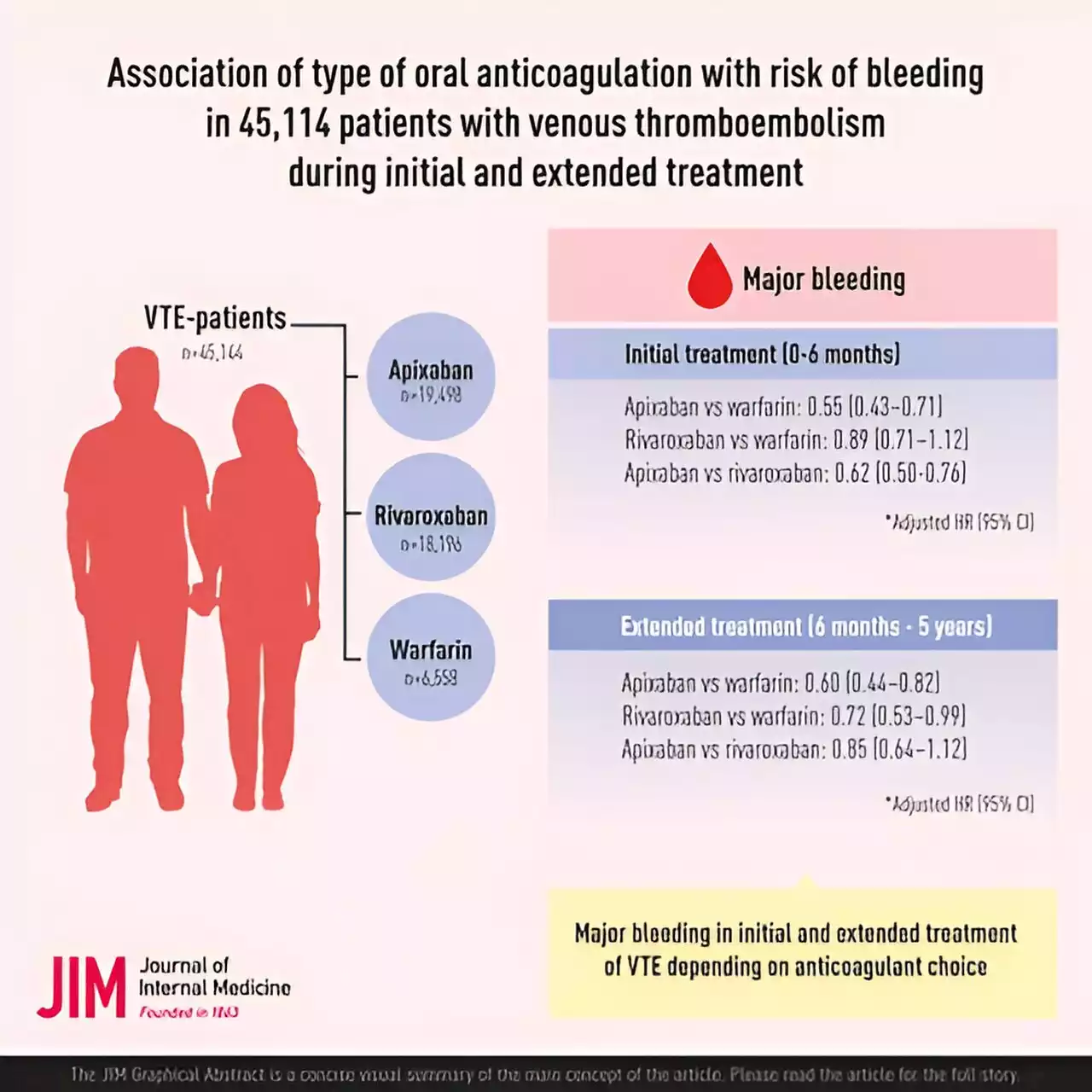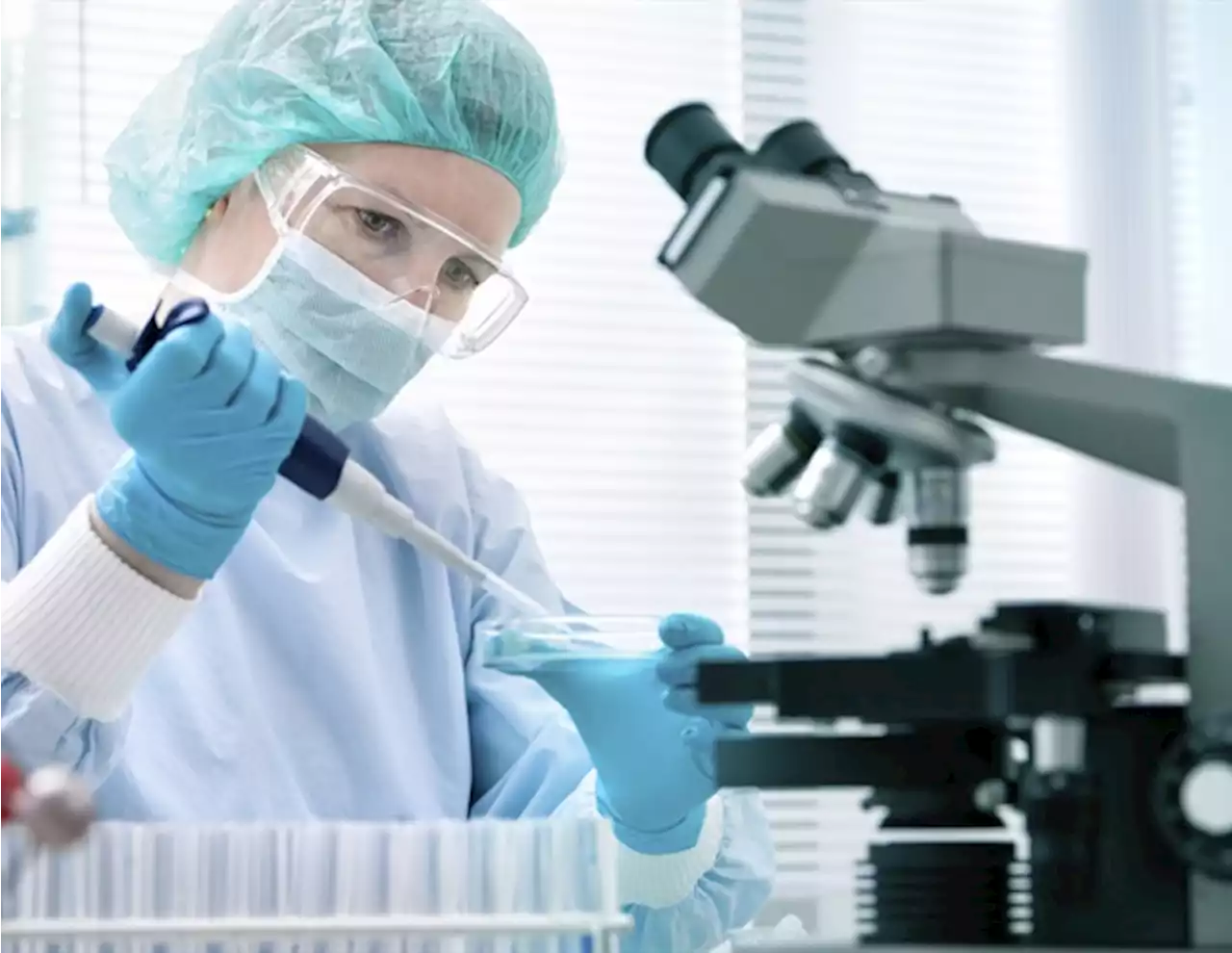Modern medicine depends on antibiotics to treat infections by disabling targets inside bacterial cells. Once inside these cells, antibiotics bind to certain sites on specific enzyme targets to stop bacterial growth.
Reviewed by Lily Ramsey, LLMAug 30 2023 Randomly occurring changes in the genes for these targets occur naturally, in some cases making the target harder for the antibiotic to attach to and that bacterial version resistant to treatment.
To address this challenge, a new study led by researchers at NYU Grossman School of Medicine applied a technology called MAGE to generate the full inventory of mutations in the bacterial species Escherichia coli where the antibiotic rifampicin attaches to and disables an essential bacterial enzyme known as RNA polymerase . The study authors created 760 unique RNAP mutants by replacing each of the 38 amino acid building blocks that make up the rifampicin binding site on E.
This work provides a map of antibiotic-bacterial RNAP interactions that will be of value to chemists working to build on the study effects by changing, not bacterial binding site residues, but instead the structure of rifampicin and other antibiotics so that they bind tighter for increased potency.
How rifampicin kills bacteria E. coli stores genetic instructions in DNA chains, but then converts them into a related genetic material in RNA, with RNAP building the RNA chains that guide the building of proteins out of amino acids. The mutants created in the new study revealed that rifampicin kills bacteria by stalling RNAP, and so causing collisions between it and cellular machinery that operates in the same molecular space to duplicate DNA as cells divide and multiply.
Danmark Seneste Nyt, Danmark Overskrifter
Similar News:Du kan også læse nyheder, der ligner denne, som vi har indsamlet fra andre nyhedskilder.
 Study shows reduced risk of bleeding with modern blood thinnersModern blood-thinning drugs (known as NOACs) reduce the risk of serious bleeding by up to 45% compared to the traditional drug Waran (warfarin) in the treatment of blood clots in the legs and lungs. All according to a comprehensive and long-term study conducted at the University of Gothenburg.
Study shows reduced risk of bleeding with modern blood thinnersModern blood-thinning drugs (known as NOACs) reduce the risk of serious bleeding by up to 45% compared to the traditional drug Waran (warfarin) in the treatment of blood clots in the legs and lungs. All according to a comprehensive and long-term study conducted at the University of Gothenburg.
Læs mere »
 Modern Barn in Dorset is where crisp geometry meets English countrysideModern Barn by Coffey Architects offers contemporary design and views over the Jurassic Coast World Heritage Site
Modern Barn in Dorset is where crisp geometry meets English countrysideModern Barn by Coffey Architects offers contemporary design and views over the Jurassic Coast World Heritage Site
Læs mere »
 Rose Sneak Hits the Streets with Simple, Sleek Modern Hybrid City BikeRose continues to crush it with this new affordable Sneak hybrid alloy gravel commuter city bike, packed with all the best modern tech…
Rose Sneak Hits the Streets with Simple, Sleek Modern Hybrid City BikeRose continues to crush it with this new affordable Sneak hybrid alloy gravel commuter city bike, packed with all the best modern tech…
Læs mere »
 Modern blood thinners linked to reduced risk of bleedingModern blood-thinning drugs (known as NOACs) reduce the risk of serious bleeding by up to 45 percent compared to the traditional drug Waran in the treatment of blood clots in the legs and lungs.
Modern blood thinners linked to reduced risk of bleedingModern blood-thinning drugs (known as NOACs) reduce the risk of serious bleeding by up to 45 percent compared to the traditional drug Waran in the treatment of blood clots in the legs and lungs.
Læs mere »
 Opinion: South Africa's traditional medicines should be used in modern health careTraditional medicines are part of the cultural heritage of many Africans. About 80% of the African continent's population use these medicines for health care.
Opinion: South Africa's traditional medicines should be used in modern health careTraditional medicines are part of the cultural heritage of many Africans. About 80% of the African continent's population use these medicines for health care.
Læs mere »
